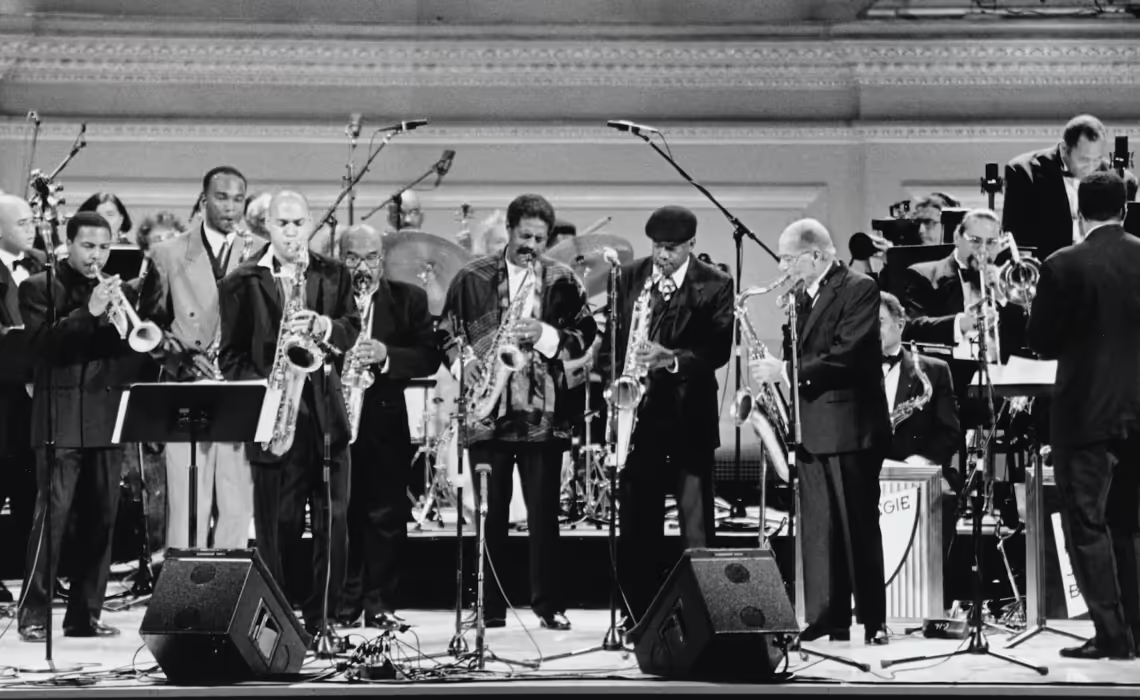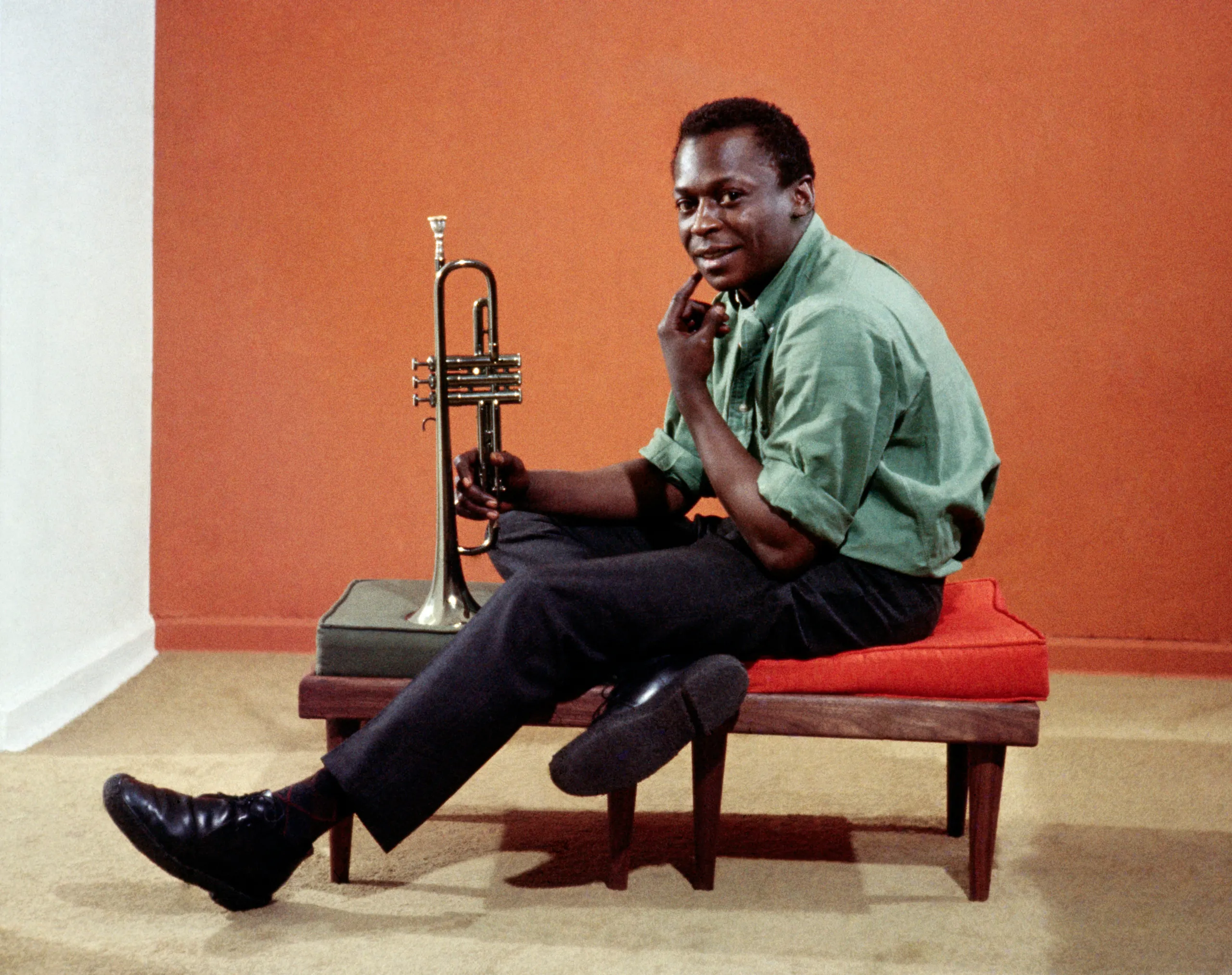
Jazz fusion, or just fusion, is a genre of music that emerged in the late 1960s, combining elements of jazz with other musical styles. These included rock, funk, and world music. It represents a melting pot of creativity and innovation. Fusion is known for showcasing the evolution of jazz into a contemporary and dynamic art form. Today we’ll take a look at the origins, key characteristics, influential artists, and the enduring appeal of jazz fusion.
Origins
Jazz has its roots in experimentation and a desire to break away from established norms. In the 1960s, traditional jazz had evolved into various sub-genres, from bebop to free jazz. However, there was a growing appetite for fresh sounds. Influential artists began to incorporate elements of rock, funk, and other genres into their music. One of the earliest and most notable pioneers of this movement was Miles Davis.

Miles Davis is often considered the father of jazz fusion. His his groundbreaking albums “In a Silent Way” (1969) and “Bitches Brew” (1970) marked the birth of the genre. These albums combined the improvisational nature of jazz with the electric instruments and psychedelic influences of rock. The result was a sound that was both complex and accessible, setting the stage for future fusion explorations.
Key Characteristics
Jazz fusion is characterized by several key features that distinguish it from traditional jazz and other genres:
- Electric Instruments: Unlike traditional jazz, which heavily relies on acoustic instruments, jazz fusion prominently features electric guitars, keyboards, and synthesizers. The use of amplification and effects pedals creates a more dynamic and intense sonic experience.
- Fusion Rhythms: Fusion often incorporates complex time signatures and rhythmic patterns borrowed from various musical traditions. This adds an infectious groove to the music.
- Extended Improvisation: Jazz fusion maintains the improvisational spirit of jazz but extends it into longer and more adventurous solos. Musicians often take greater liberties with their playing, pushing the boundaries of conventional improvisation.
- Genre Cross-Pollination: Fusion seamlessly integrates elements from rock, funk, soul, and world music. This genre-blurring approach results in a diverse and captivating musical palette.
Influential Artists
Several artists and bands have played a pivotal role in the development and popularization of jazz fusion. While there are many, a few stand out for their lasting impact:
- Miles Davis: As previously mentioned, Davis is the quintessential figure in the history of jazz fusion. His experimentation with electric instruments and modal compositions set the standard for the genre.
- Mahavishnu Orchestra: Led by guitar virtuoso John McLaughlin, this band combined the raw energy of rock with complex jazz harmonies. Their album “The Inner Mounting Flame” is a fusion classic.
- Chick Corea: A prolific composer and keyboardist, Corea’s work with Return to Forever showcased his ability to blend jazz with Latin and rock.
- Weather Report: Formed by keyboardist Joe Zawinul and saxophonist Wayne Shorter, this group was known for their ethereal, atmospheric sound.
- Herbie Hancock: Hancock’s “Head Hunters” (1973) album is a fusion masterpiece, merging jazz with funk.
Enduring Appeal
Jazz fusion continues to captivate audiences and inspire musicians for several reasons:
- Innovation: Fusion is a genre that thrives on pushing boundaries. This experimentation results in a constant stream of fresh and innovative music.
- Accessibility: Fusion often has a more approachable, groove-oriented feel. It serves as a gateway for those new to jazz, exposing them to its complexities gradually.
- Cross-Cultural Influence: Fusion’s incorporation of diverse musical elements makes it an excellent platform for cross-cultural collaboration. Musicians from various backgrounds find common ground in fusion’s eclectic landscape.
- Timeless Appeal: Many classic fusion albums from the ’70s remain popular and relevant today. The genre’s fusion of different elements makes it less tied to a particular era, giving it a timeless quality.
Jazz fusion is a genre that defies easy categorization, known for its ever-evolving and eclectic nature. Fusion has withstood the test of time, inspiring countless musicians and captivating audiences around the world. With its diverse instrumentation, intricate rhythms, and a penchant for genre-blurring, fusion remains a unique and enduring musical experience.

